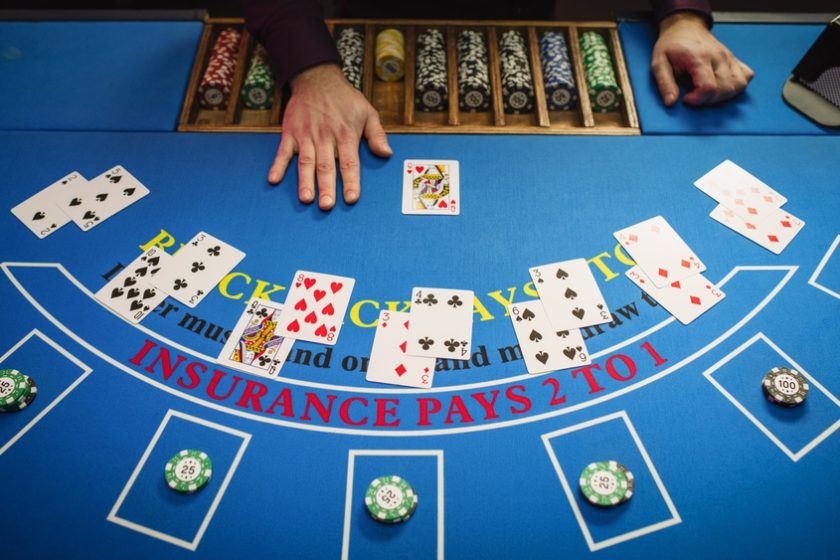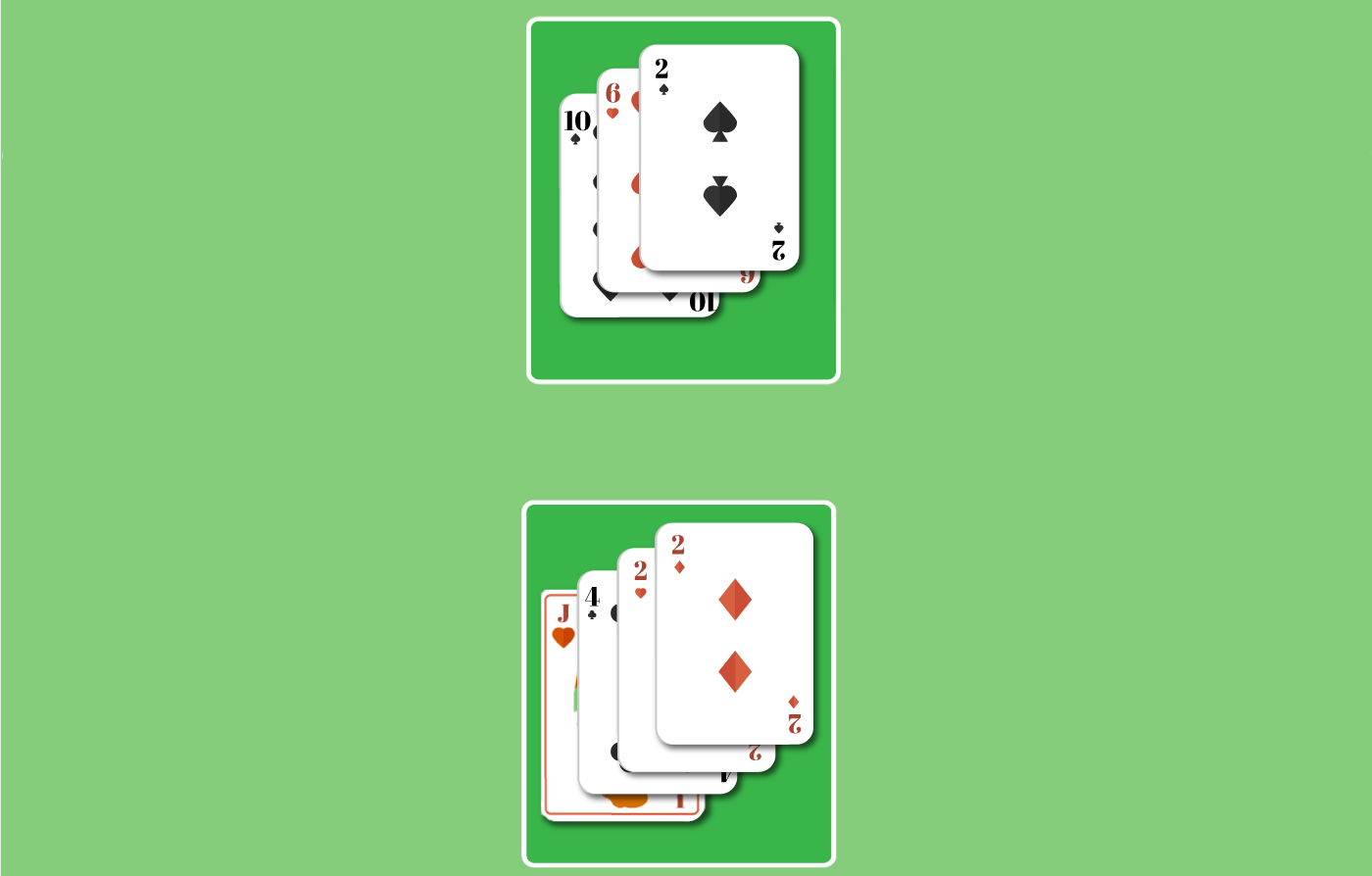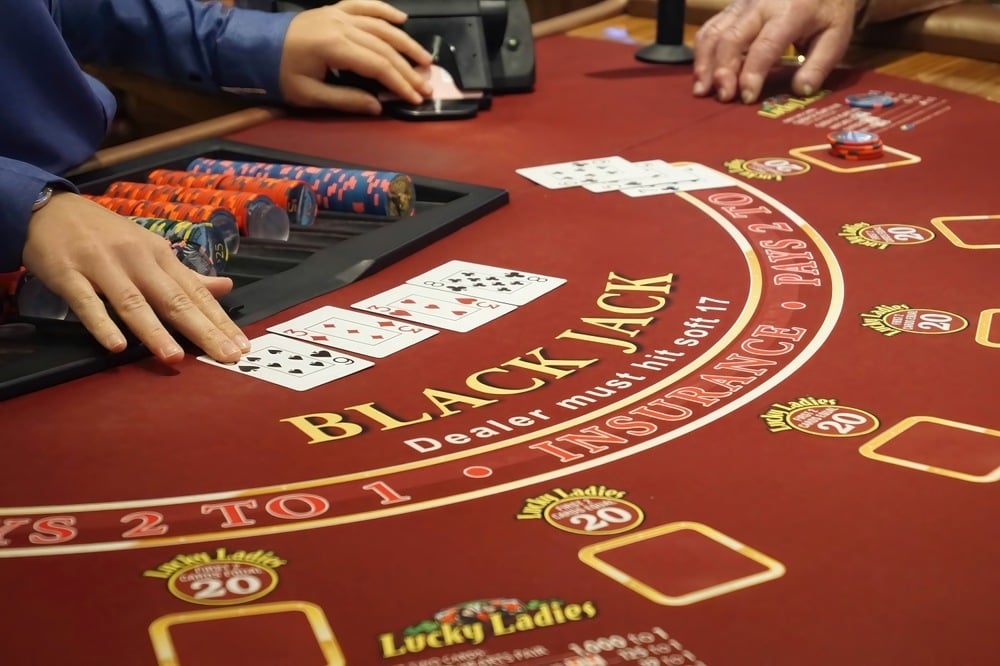Blackjack Pushes Explained: Essential Guide for Players

What Is a Blackjack Push?
A blackjack push refers to a situation when the player and the dealer finish a round with identical hand values. In this scenario, neither side wins or loses - the player’s original wager is returned. Pushes typically occur with final hand totals between 17 and 21, or if both the player and the dealer draw a natural blackjack (an ace plus a ten-value card).
The key points to remember about pushes in blackjack are:
- A push is essentially a tie: no money is gained or lost.
- Most commonly happens if both the player and dealer end up with the same hand total, including blackjack.
- If a push occurs, your bet is refunded.
- House rules may differ; some casinos operate “dealer wins on push,” which is unfavorable for players.
- Knowing how and when pushes occur helps you develop optimal strategies and manage expectations at the table.
For anyone who’s played even a few hands of blackjack, experiencing a push is inevitable. While it might not be satisfying like a win, it’s far better than a loss. Understanding how pushes work is central to mastering blackjack strategy.
How a Push Happens: Example Blackjack Hand
Whether you’re playing at a physical casino or online table, the rules surrounding a push are generally consistent-a push always means your initial wager is returned.
Let’s break down a typical hand ending in a push:
- You place a $20 bet to participate in the round.
- Player receives two cards; the dealer’s hand consists of one face-up (the upcard) and one face-down (the hole card).
- Your starting hand is a 10 and 6, totaling 16.
- The dealer’s upcard is a jack (10 points). You decide to hit and draw a 2, reaching a total of 18.
- You choose to stand on 18.
- The dealer reveals their hole card (a 4), totaling 14, then hits and draws a 2 for 16, and hits again, pulling a final 2 to reach 18.
- Both you and the dealer stand at 18. The result is a push: your $20 bet is returned.

In this hand, your outcome is neutral. Remember, pushes are always player-versus-dealer events - other participants at the table may have entirely different results on the same dealer hand.
Pushes with Splits, Tips, and Side Bets
Split hands - when a player receives a pair and chooses to separate those cards into individual hands - each play out and settle independently. For instance, splitting two 8s means you’ll place another wager and play two hands. If one hand gets a 10 (18 total) and the other an ace (19 total), the first might push against a dealer 18, while the second could win.
Dealer tips, placed as wagers for the dealer alongside your own bet, follow the exact result of your primary hand: win, lose, or push.
However, side bets, such as 21+3 or Perfect Pairs, are usually decided before the main hand’s resolution and operate independently from pushes - they result either in a win or a loss, but never in a push.
Naturals and Pushes: When 21 Isn’t Always a Win
In blackjack, a natural (an ace and a 10-value card dealt as your first two cards) typically pays at 3:2 odds if the dealer doesn’t have a natural as well. If the dealer’s upcard is a 2 through 9, you’re paid immediately for a natural.
But when both player and dealer have naturals, it results in a push. Importantly, there’s no opportunity for either side to draw additional cards to “improve” their hand - a natural is a stand-alone result. Players with lesser hands automatically lose if the dealer shows a natural.
Dealer Peeking for a Natural: Ace in the Hole
When the dealer’s upcard is a 10-value card, casinos require them to peek at their face-down card to check for a natural blackjack. If the hole card is an ace, the round ends immediately. All player hands lose, except for those matching with a natural - those hands push.
This can be frustrating, as most players hope for the dealer’s card not to complete a blackjack. But if it does, a perfect hand for the player yields merely a tie.
The “Even Money” Decision Against Dealer Naturals
If you receive a natural blackjack and the dealer has an ace upcard, the dealer will offer you an even money payout before checking their hole card. Taking even money means you accept a 1:1 payout immediately, avoiding the risk of a push if the dealer also has a natural.
Here’s how such a situation plays out:
- You bet $50 and are dealt a blackjack (Ace + King).
- Dealer displays an ace upcard.
- Dealer offers even money - you decline, hoping for the full 3:2 payout.
- Dealer reveals a queen (natural blackjack).
- Result: your hand pushes, and you walk away with your original $50 stake, not the $75 you hoped for with the standard payout.

These moments are some of the most agonizing in blackjack, turning an otherwise ideal hand into merely a break-even result.
How Often Do Pushes Occur in Blackjack?
Statistically, pushes occur in about 8.5% of blackjack hands. However, the odds vary depending on the specific totals at play and game conditions. Here’s a breakdown of approximate push frequencies by hand total:
| Push Scenario | Approximate Probability |
|---|---|
| Both player and dealer receive a natural | 0.23% (1 in 429 hands) |
| Both draw to 21 (not a natural) | 2.3% |
| Both have 20 | 2.5% |
| Both have 19 | 1.5% |
| Both have 18 | 0.7% |
| Both have 17 | 0.5% |
A few factors influence push rates:
- Games with fewer decks in play see slightly higher push probabilities.
- When dealers are required to hit on soft 17, the frequency of pushes increases marginally.
- Players’ decisions, especially when straying from basic strategy (such as hitting on soft 17 or standing on 12 versus dealer 2), can also alter push rates.
Key Takeaways and Strategy Advice for Pushes
While a push may leave you wishing for more, it’s important to recognize its value: you retain your wager and survive to play another hand. Rather than viewing pushes as failures, experienced players treat them as a core part of the game - one that wisely limits losses over the long run.
Understanding the mechanics of pushes can help you:
- Make informed decisions about insurance and even money offers.
- Manage your bankroll and expectations at the table.
- Recognize how different strategies and game rules can affect the likelihood of earning a tie.
Approach each hand knowing that pushes are simply part of the journey toward becoming a smarter, more strategic blackjack player.













